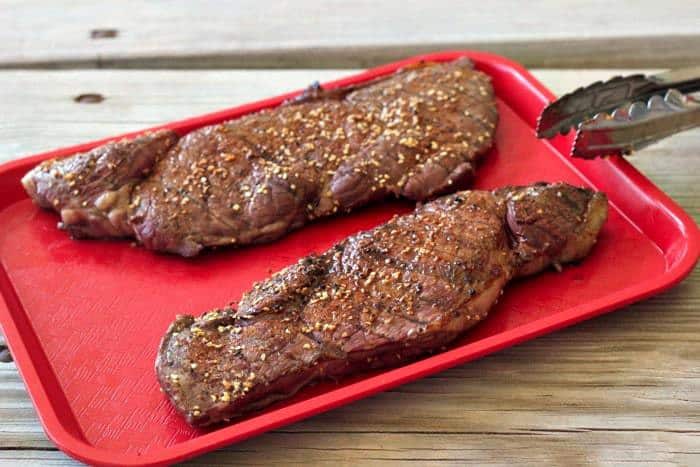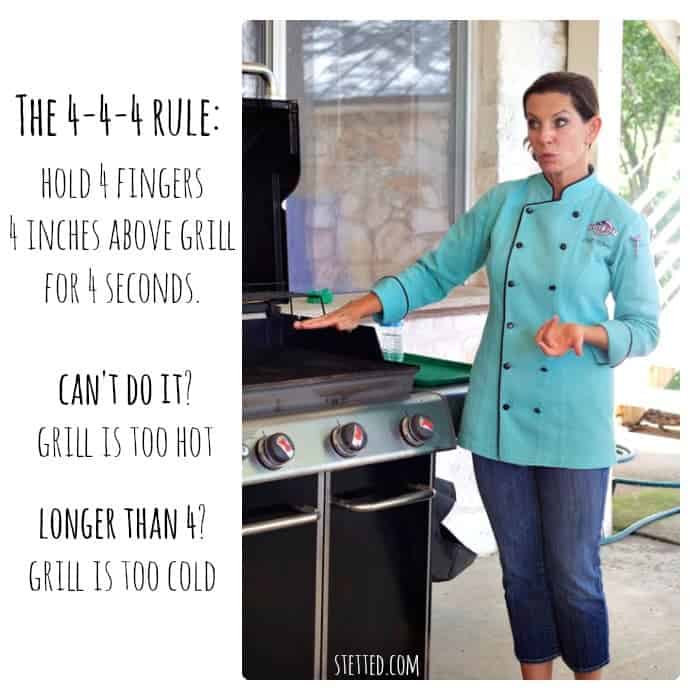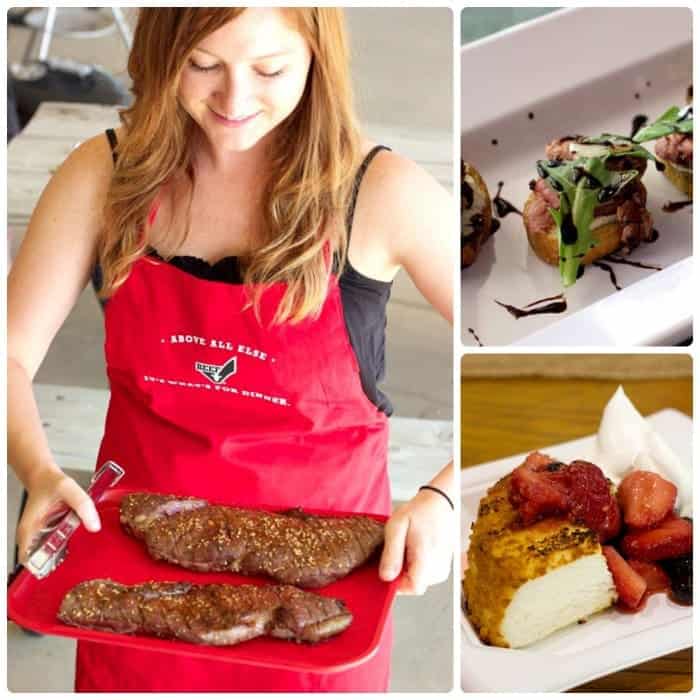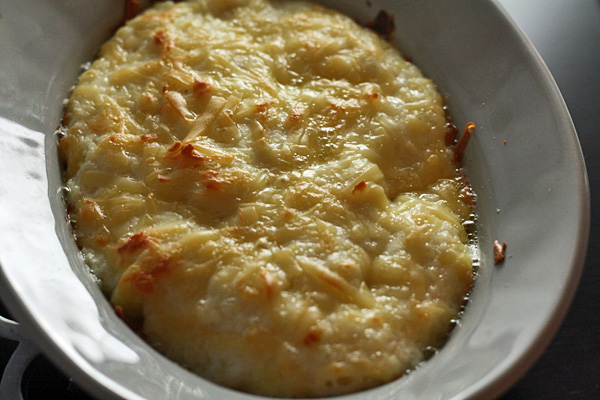Top Tips for Grilling Beef
This post contains affiliate links. As an Amazon Associate, I earn from qualifying purchases.
Grilling beef this summer? Here’s some tips for making the most of your experience.

I’m not a newbie to grilling, but when I saw that the Texas Beef Council was going to be hosting a grilling class for Austin Food Blogger Alliance members, I snatched up a ticket. I wasn’t sure how much I would learn, but I knew it would be fun to get together with my friends and cook. Happily, I came away with quite a few tips from Chef Tiffany Blackmon to use in the future (and that I could pass on to my husband, who tends the grill most often).
Don’t Waste Charcoal
Many of us learned to start a charcoal fire by making a huge pyramid in the center of the grill. Instead, make a 6-by-6 grid of briquettes, and add a second layer if you need to keep the fire going longer.
Use the 4-4-4 Rule
Whether you use charcoal or gas, you need to make sure your grill is the correct temperature before cooking: 400°F. While gas grills have built-in thermometers on the lid, they are about as reliable as your oven’s internal thermometer (read: not). Instead, use the 4-4-4 rule to gauge temperature:

Seek Out Cheaper Cuts
We all love filet mignon, but the flat iron steak, which is a relatively new cut, is just as delicious at a fraction of the price. Flat iron steaks come from the top blade roast, a tougher cut from the shoulder, but once the line of connective tissue is removed, there are beautifully tender pieces of meat that are then cut into the large flat iron steaks.
Add an Egg White
Many of us tend to buy the 95% or 97% lean ground beef for our burgers because we’re concerned about eating less fat. However, that leaner beef means there is less to make the burger juicy! Adding an egg white to your ground beef before forming into patties will help your burgers be juicy without the fat.
Season Well
I admit I’m hesitant when it comes to seasoning steaks, but I’ve learned I need a heavier hand. All sorts of flavors hold up well to beef, especially those with fermentation, which is why steak salads and steaks marinated in soy sauce taste so good. While you can just go with salt and pepper, experiment with other spices, herbs, and aromatics, like smoked paprika, minced garlic, coffee, chipotle pepper, and more. If you like to buy commercial rubs, check the label first. Many are “bulked up” with salt because salt is so cheap! Stick with a brand that has salt farther down on the ingredient list, or just make your own rub.
Flip Once
It’s super tempting to flip a lot while grilling so you can check on it, but don’t! Only flip halfway through, when the edges are getting dark, you see juices pooling in the center, and the meat releases easily from the grate. This ensures your meat will be cooked properly on both sides.
Cook to the Right Temperature
Burgers should always be cooked to 160°F to ensure food safety. For steaks, you want to remove the meat from the grill when it is 5-10 degrees from your ideal. While the meat rests, the internal temperature will climb and the juices will be redistributed, resulting in a more tender, flavorful, and juicy steak. We cooked our steaks to 138°F for a final temperature of 145°F, which is medium rare.
…And Check it From the Side
Don’t just jab your thermometer into the top of your steak. To get a proper read, you need to slip the thermometer probe into the side of the steak. Some meat thermometers have a notch about halfway up the probe; you need to make sure that notch is in the meat for an accurate read.

As with any good cooking class, we had plenty to eat, starting with a fantastic appetizer of steak crostini with Boursin cheese and balsamic glaze. After our lesson and hands-on grilling, we sat down to enjoy some of each steak, as well as grilled veggies, salad, and a grilled pound cake dessert. Being able to taste each cut side-by-side was eye-opening, and I definitely came away with a new appreciation for all of the cuts.
We recently purchased a quarter steer, so I’m looking forward to sharing our experiences cooking it with you, especially now that I have more tips in my basket of tricks!
Do you grill? What’s your favorite thing to cook over a fire?












Whew…I’m OK. The only thing I had not thought of was adding an egg white to lean ground beef; I do add other things though usually, like ketchup and mustard and sauteed onions so not sure mine would need more but I’m going to try it anyhow.
One thing I think you need to add? Let the meat rest for for a few minutes before cutting it; letting the juices settle. If it’s cut too soon, they will just pour out onto the plate.
I LOVE Flank steak; it’s just perfect for marinating with a bunch of different flavors, it’s boneless and lean and if cooked and sliced correctly, it’s perfect!
What an awesome post! I’m so jealous of that cooking class, but I’ve just learned a ton from this post. That 4-4-4 rule is a game changer, for sure. Also, I now want a giant steak. My go to marinade is simple: soy sauce, Worcestershire sauce, salt, pepper, and lots of garlic. Glad to know I was on the right track with that!
I don’t buy the 4 4 4 tip, sorry. When it comes to red meat, the hotter the better. I’m jealous of restaurants because they get in the 700 to 800 range, if not more. It sears better, chars better, cooks better. 400 does not cut it
Great tips! I’m totally trying the 4-4-4 method!
Great post! We had so much fun at this grilling class. Awesome summary! I can’t wait to find out what you do with that steer!